How to create an app prototype (examples, templates & best tools)
January 30, 2023
Mobile app development is expensive.
That’s why it’s so important to think things through, validate your idea, and get user feedback before you start pouring resources into it.
After all, you don’t want to spend valuable development time on features your users don’t need or waste money on developing an app that no one wants!
Creating an interactive mobile app prototype can help you avoid that.
Why Make a Mobile App Prototype
Here are the three key reasons why you should make an app prototype instead of jumping straight into development:
Idea Validation
Eric Ries popularized the concept of a Minimum Viable Product (MVP) with his now-classic book “The Lean Startup”.
Here’s how this concept is explained on The Lean Startup website:
“A core component of Lean Startup methodology is the build-measure-learn feedback loop.
The first step is figuring out the problem that needs to be solved and then developing a minimum viable product (MVP) to begin the process of learning as quickly as possible.
Once the MVP is established, a startup can work on tuning the engine.”
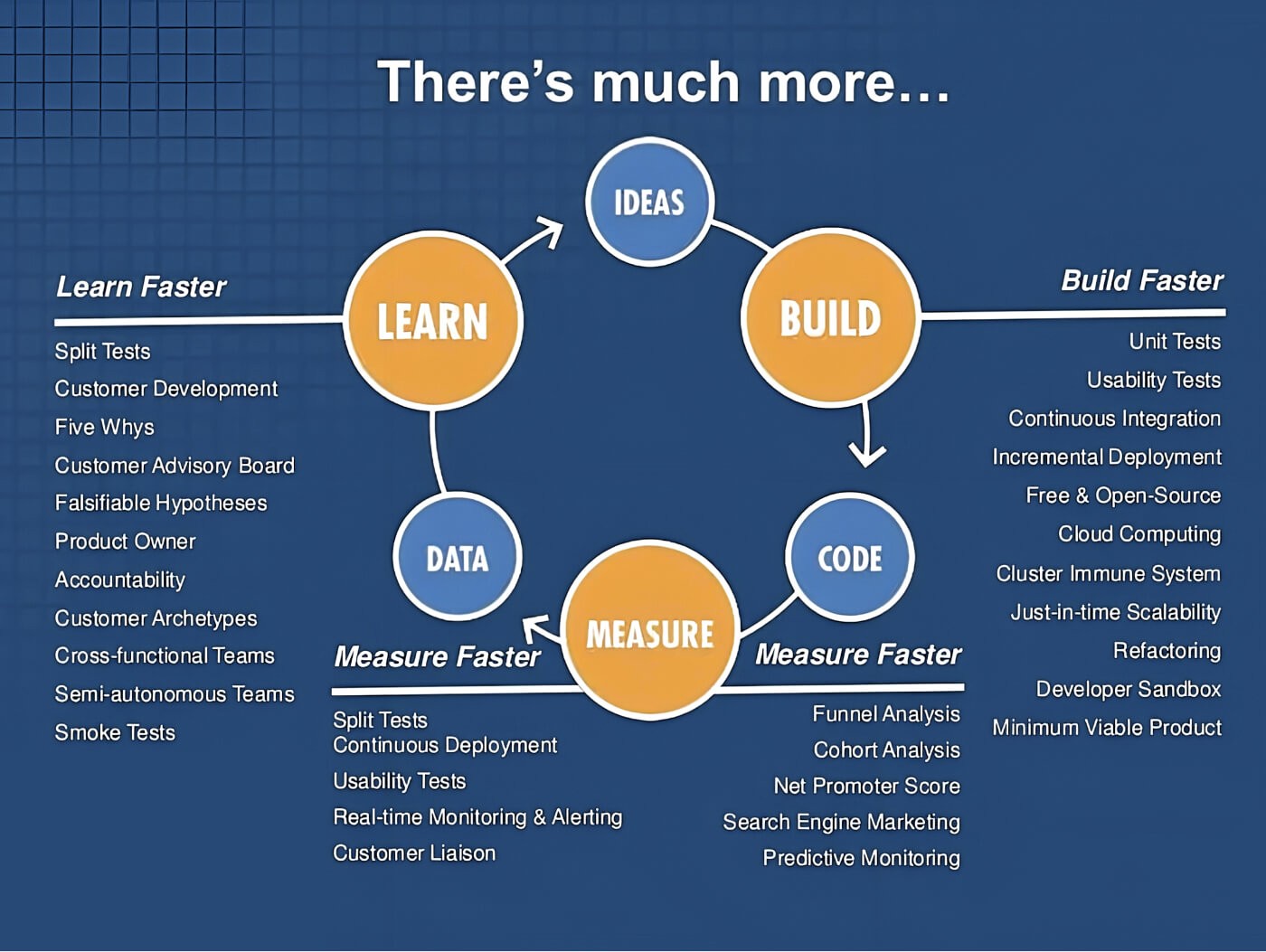
The Lean Startup Methodology. Source: The Lean Startup.
An MVP is meant to help you validate your idea with the least possible investment so that you wouldn’t waste your resources building something that no one wants.
However, if what you have in mind is a complex mobile app, then developing an MVP version of it will likely still be expensive.
That’s why it makes sense to take the concept of an MVP one step further and start by creating an interactive app prototype that you can then show to potential customers.
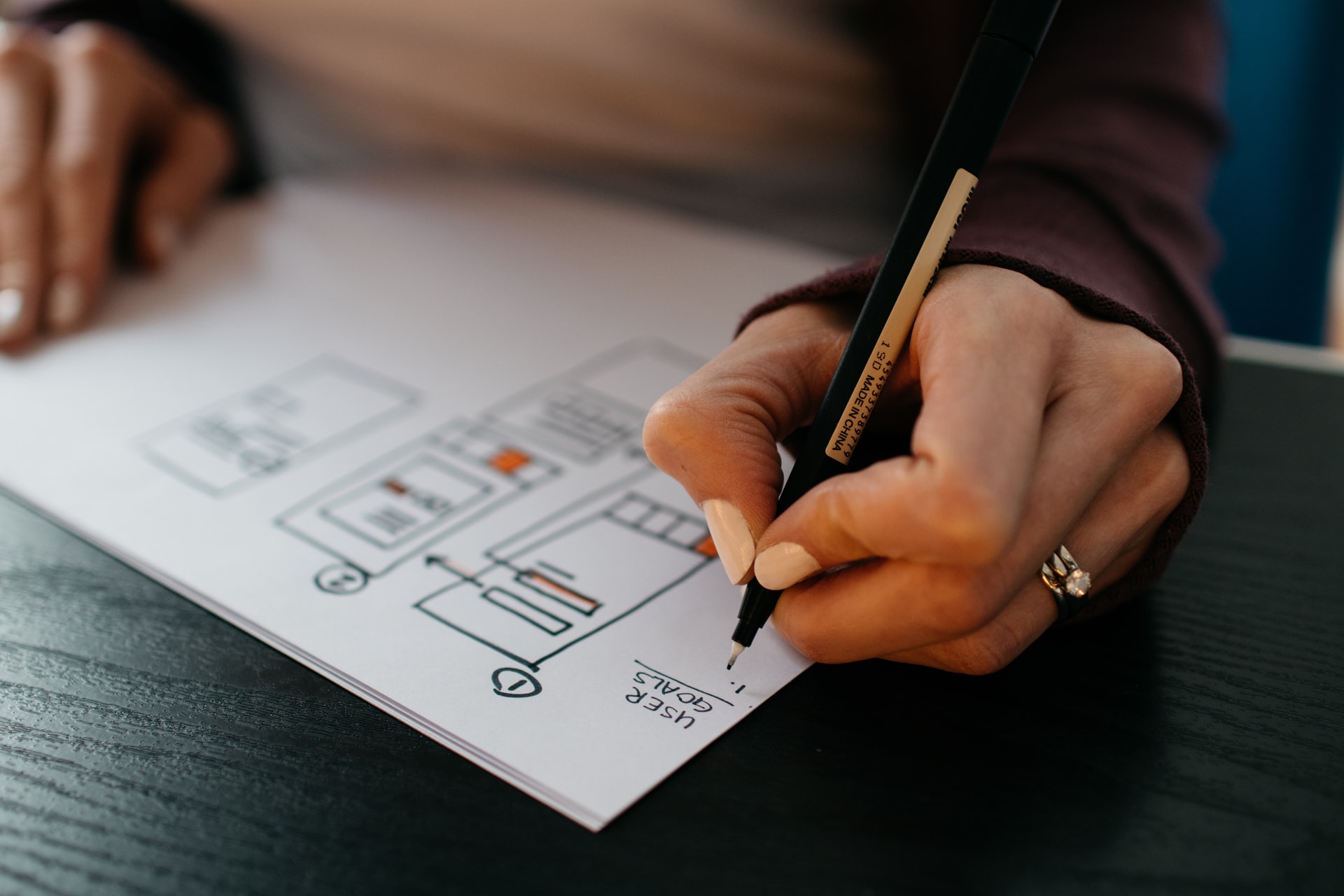
An interactive mobile app prototype can help you figure out what your app is and what it is for.
Once you are sure people are interested in your mobile app idea, you can commit resources to develop a proper MVP.
User Feedback
The Lean Startup methodology also advocates rapid iteration via validated learning.
Putting your MVP in front of your target audience allows you to get user feedback that you can then use to improve your product.
You can take this idea one step further and use an interactive app prototype to get user feedback before you start developing your actual MVP.
Paul Graham, the founder of Y Combinator, emphasizes the importance of early user feedback in one of his essays:
“In practice, to get the good design you have to get close, and stay close, to your users.
You have to calibrate your ideas on actual users constantly, especially in the beginning. If you're building something new, you should get a prototype in front of users as soon as possible.
The alternative approach might be called the Hail Mary strategy. Instead of getting a prototype out quickly and gradually refining it, you try to create the complete, finished, product in one long touchdown pass.
As far as I know, this is a recipe for disaster. Countless startups destroyed themselves this way during the Internet bubble. I've never heard of a case where it worked.”
Resource Efficiency
Finally, your app prototype can help you refine the scope of your MVP so that you could invest your resources into developing features that matter the most.
Once you show your prototype to potential customers, you might realize that a feature that you thought was a must-have isn’t necessary, at least not for the MVP.
Conversely, you might find that a feature that you thought could wait is actually important to the users.
Also, observing how people interact with your app prototype can help you refine your UI and avoid costly redesigns later down the road.
When you take these three key benefits of creating an app prototype into consideration, it becomes obvious that this approach is much less risky than developing a full-fledged MVP without any user feedback.
In fact, some of the most successful startups of the 2000s, such as Uber and Snapchat, started with prototypes, not proper MVPs.
Mobile App Prototype Examples
To help you better understand the concept of prototyping, here are several examples.
User Flows and User Journeys by Shopify
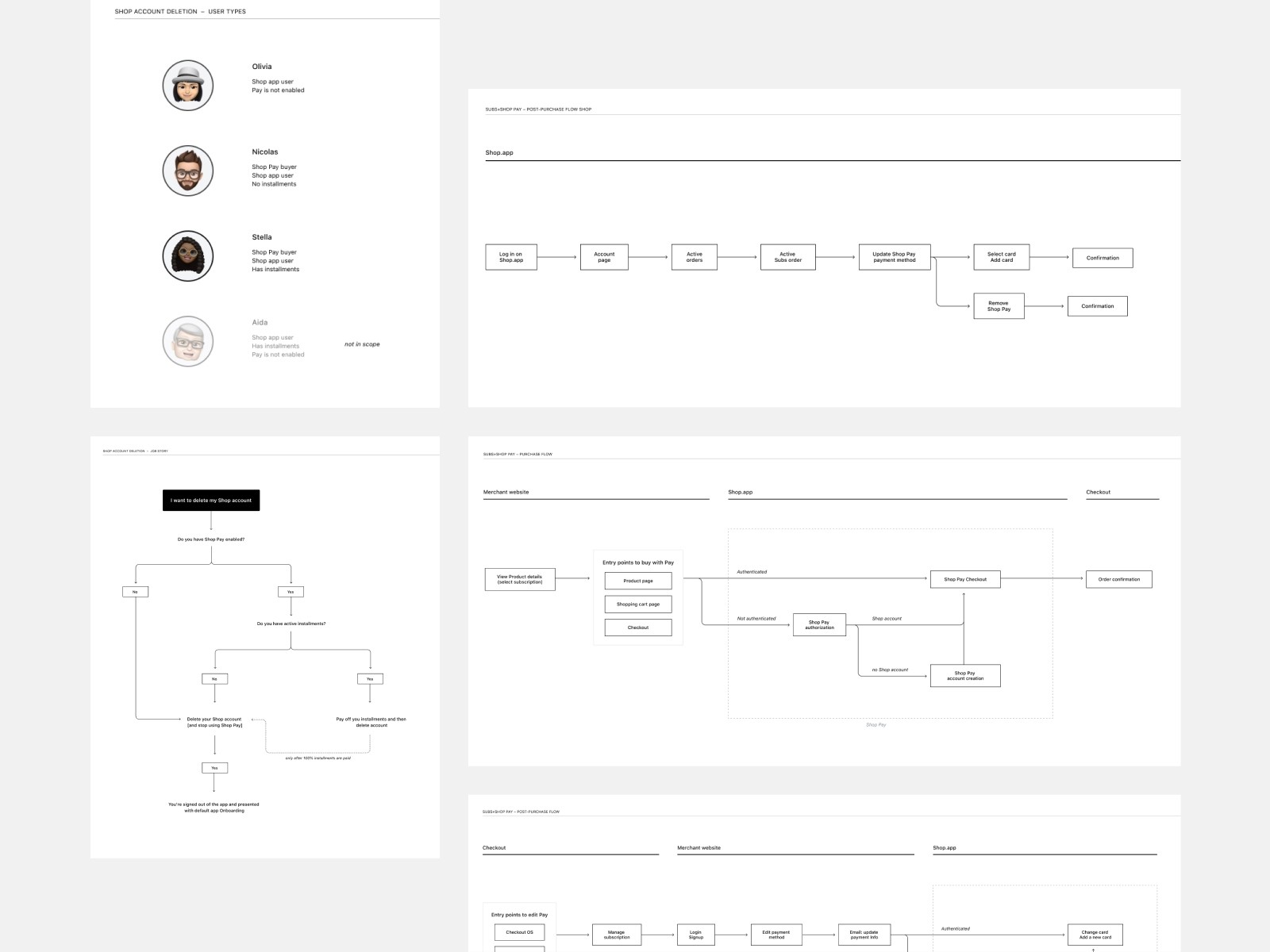
Shopify user flows and user journeys. Source: Dribbble.
In mobile app design, a user flow is a diagram that shows the path that the user would take to get the result that they want.
Sketching it out is often the first step of mobile app prototyping because it helps people involved in the design and development process figure out how to translate their app idea into a user-friendly interface.
As you can see in the Shopify example above, at this point in the UX design process, the focus isn’t on the specific UI elements but rather on the user journey.
High-Fidelity Wireframe for a Financial App
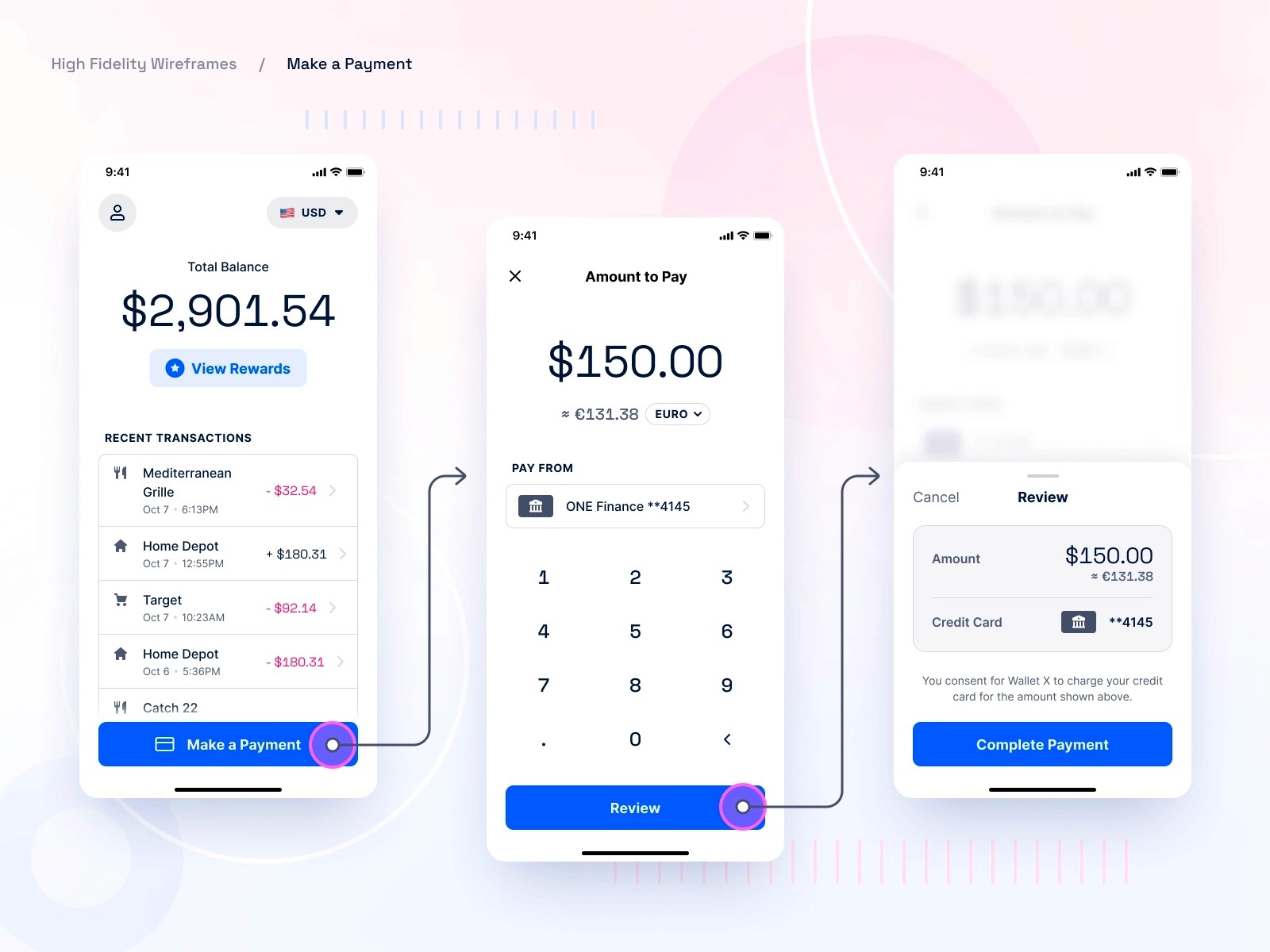
High-Fidelity Wireframes. Source: Dribbble.
High-fidelity wireframes like the one you see above can help you work out the app’s design.
This is an important step in mobile app prototyping because you want to create a user friendly interface before you move on to interactive prototypes.
Interactive Crypto App Prototype by Maciej Dyjak
Source: Figma
Finally, the last step of mobile app prototyping is creating clickable prototypes like the one you see above.
These interactive prototypes allow you to observe how users interact with your app before beginning the development process.
How to Create an App Prototype Step-By-Step
You don’t need to be a UX designer in order to create prototypes.
And if you intend to work on mobile apps for the foreseeable future, then it’s advisable to learn interactive prototyping so that you could clearly communicate what you have in mind.
Here’s how to create prototypes for mobile apps:
1. Create a Set of MVP Features
You should start by creating a list of the core functionalities of your product that are absolutely necessary to deliver its value.
Then draw a user flow diagram that maps the user’s journey similar to the Shopify user flow above.
Simply sketch out the steps that the user needs to take to get the result that they want. Don’t worry about the UX design at this point.
Best user flow diagram tools:
Pen and paper :)
2. Sketch the Main Screens
Once you have your user flow diagram ready, it’s time to sketch all the screens of your mobile app.
There are plenty of premade UI kits and wireframe kits out there that you can use for this, so there’s no need to waste time reinventing the wheel, especially if you don’t have any previous UX design experience.
Check out the resources listed below, choose a kit that best matches what you have in mind, then customize it according to your needs.
Before you get started, you might want to spend some time analyzing the UX design of popular mobile apps, especially the ones in your niche. Really Good UX can be a great source of inspiration.
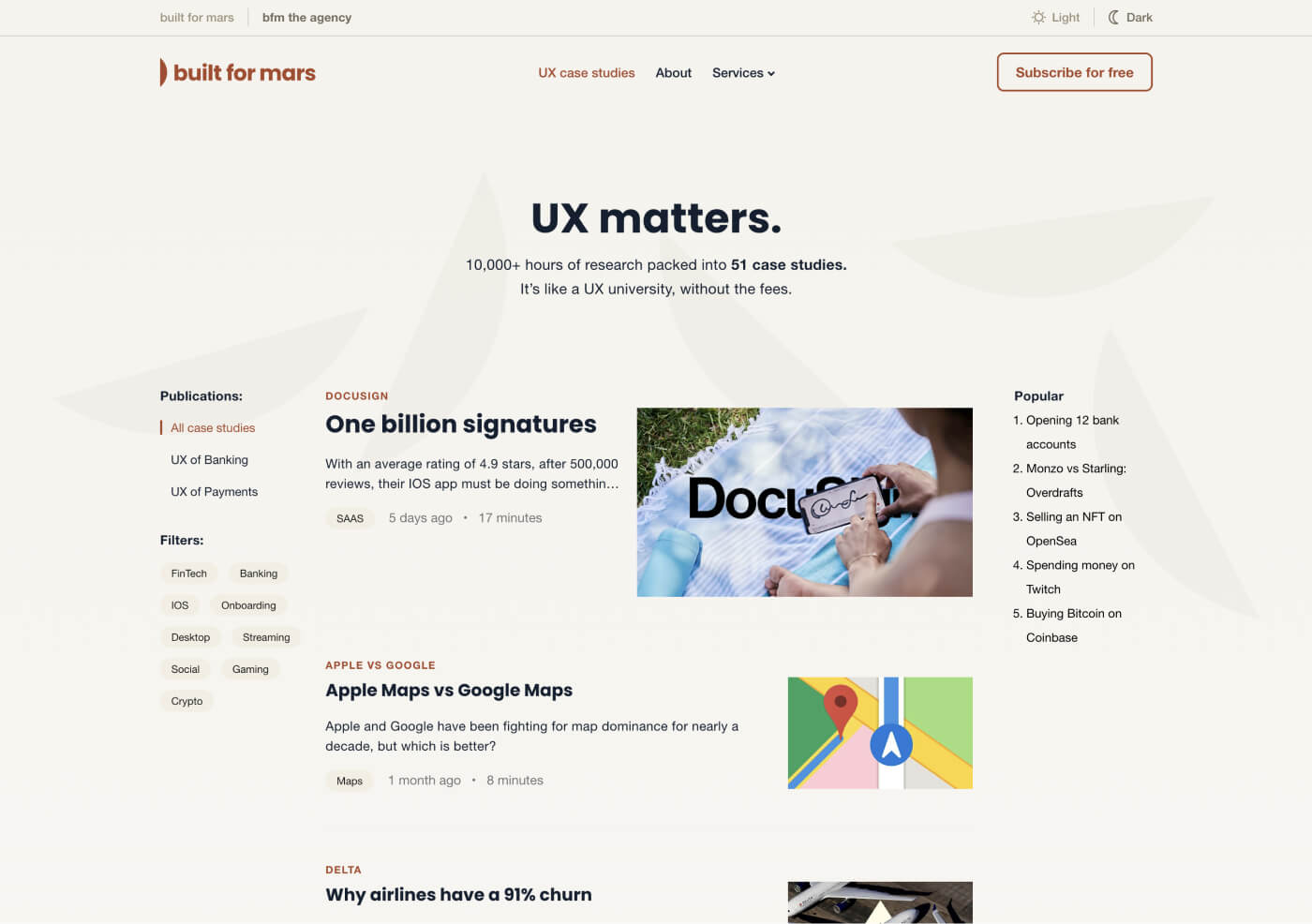
UX case studies by Built For Mars team.
Also, the Built For Mars blog has excellent UX case studies of popular products, so you might want to check it out.
Free resources with wireframe kits:
3. Turn Your Sketches into Wireframes
Once you have sketches for all the main screens of your mobile app, it’s time to turn them into wireframes.
There are two types of wireframes:
Low-fi wireframes that only show the main UI elements.
Hi-fi wireframes that show the complete user interface with all the colors, fonts, images, etc.
You should start by creating low-fidelity wireframes and then turn them into high-fidelity wireframes.
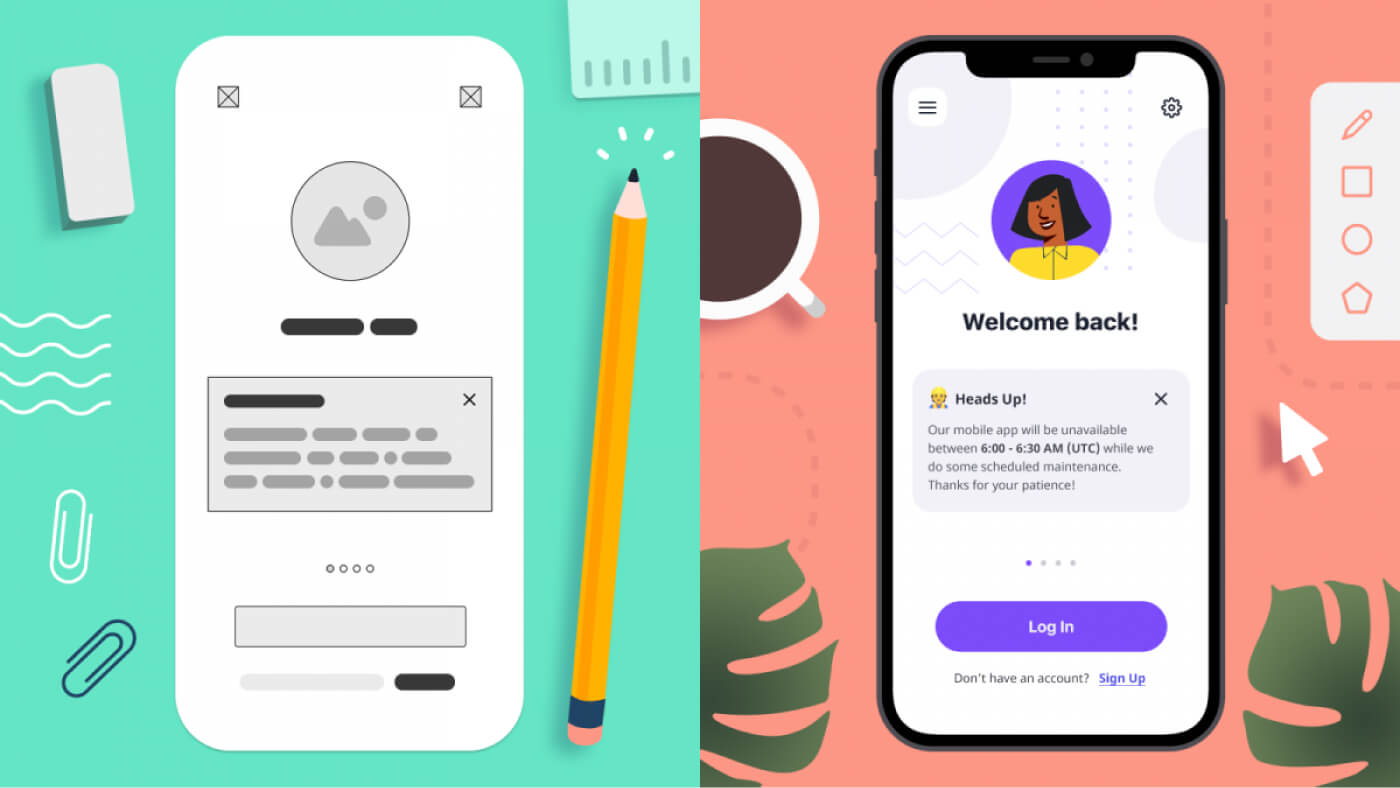
Low fidelity vs. high fidelity wireframes. Source: Moqups.
Best app wireframing tools:
Adobe XD (beginner-friendly)
4. Upgrade Your Wireframes to App Prototype
Finally, it’s time to turn wireframes into a working prototype that you can show to potential customers.
Here’s the key difference between app wireframes and interactive app prototypes:
A wireframe is a static image that showcases the UX design.
An interactive prototype is clickable and simulates the experience of using the app as closely as possible.
The purpose of the latter is to allow you to observe how real users interact with your app’s UI. Are they using your app prototype as intended?
Pay special attention to user behaviors that deviate from what you would expect. Accommodating these tendencies can help you make your user interface more intuitive.
Best app prototyping tools:
How to Create an App Prototype for Free
You can use free mobile prototyping tools such as Origami Studio or Proto.io to create a prototype app for free.
Note that the general process of prototyping mobile apps remains the same whether you use free or premium prototyping software.
What Comes Next After Prototyping?
Okay, so now you have a prototype app, what’s next?
You should refine the scope of your MVP and finalize the app design. Once that’s done, it’s time to begin the development process!
FAQs About App Prototyping
Here are our answers to some of the most frequently asked app prototyping questions:
What does it cost to build an app prototype?
It depends on various factors such as the complexity of the app, how functional you want the prototype to be, and who you hire to build it.
The typical cost range is between $1,000 and $10,000, though of course there are always outliers.
How long does it take to build an app prototype?
It depends on the app’s complexity.
Creating a functional, interactive prototype for a sophisticated app might take more than 40 hours.
What do UX designers use to prototype?
UX designers often start prototyping by creating a user flow diagram and drawing sketches of all the screens with pen and paper.
Then they use a prototyping tool such as Sketch, Figma, or Adobe XD to create a digital prototype.
Finally, they use prototyping tools like InVision, Framer, or Principle to turn wireframes into interactive app prototypes.
How do you make a good prototype?
Create a list of features for your prototype app. Keep in mind that mobile prototypes should represent the Minimum Viable Product (MVP) version of your app.
Sketch the main screens with pen and paper or with tools such as Flowmap or Lucidchart.
Turn those sketches into wireframes with a prototyping tool such as Sketch, Figma, or Adobe XD.
Turn those wireframes into a functional, interactive app prototype with prototyping tools like InVision, Framer, or Principle.
What are two key elements of successful prototyping?
Narrow down the scope of the app to the features that are absolutely necessary to deliver its core value.
Create an interactive prototype that you can present to potential customers to see how real users interact with it.
